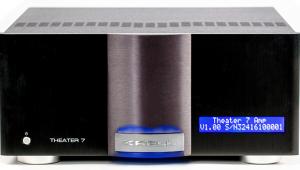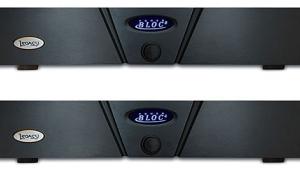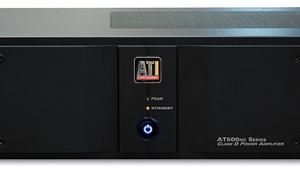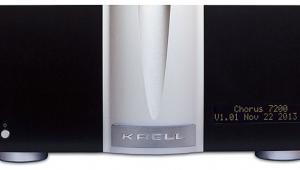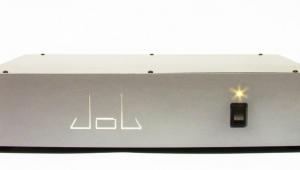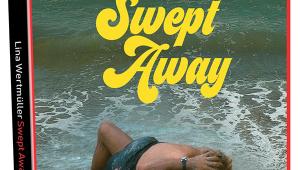Review: Bottlehead Quickie tube preamp Page 3

PERFORMANCE
Over the course of two weeks, I used the Quickie with all sorts of gear, everything from a $20K-plus all-Krell system to an AudioControl Savoy amp with Thiel SCS4 speakers to a pair of Genelec studio monitors, settling on the latter for my serious listening comparisons. To evaluate the Quickie’s sonic character, I compared it to the preamp stage in my Krell S-300i integrated amplifier. That’s a $2,500 piece of gear, but it has a 150-watt-per-channel stereo amp built in, four inputs, an iPod interface, remote control, a gorgeous chassis, and it comes fully assembled, so the comparison didn’t seem out of line.
What really surprised me about the Quickie is how similar it sounded to the preamp section of the S-300i. Most of the tube gear I’ve used had a somewhat soft, rolled-off treble. Given the Quickie’s primitive design, I expected it to double-down on the tube warmth thing, but it didn’t. The treble was only subtly softer than the Krell’s. Switching between the two, the difference wasn’t obvious.
OK, figure the Quickie would cost $600 to $800 if it were assembled and had a real power supply. Even at that price, coming close to the Krell’s performance is pretty remarkable. Is it the magic of tubes? The simplicity of the circuit? The clean battery power? The particulate from the cigar I was smoking when I did the solder joints? Who knows?
Good as the Quickie sounded, though, I soon realized that the Krell was technically superior. It sounded clearer, produced a better sense of ambience, and delivered crisper and more dynamic portrayal of percussion instruments. Ian Paice’s drums on Deep Purple’s “Highway Star” (from my vinyl copy of Machine Head) sounded more vivid and exciting with the Krell; through the Quickie, they lost a bit of their snap.
Then again, my Denon CD player sounds technically superior to my Pro-Ject RM-1.3 turntable, but the turntable gets played almost every day and the CD player gets used only when I need it to test other products.
I noticed that many recordings, such as Steely Dan’s classic “Aja” (from the CD of the same name), sounded better through the Quickie despite its flaws. The tubes helped tame Donald Fagen’s reedy voice and the rather thin-sounding piano on the recording, and also fattened/softened the bass in a way that seemed to enhance the groove.
The Quickie’s charm especially suited the sound of my old jazz LPs, such as Light Blue: Arthur Blythe Plays Thelonious Monk. Somehow, the Quickie’s subtly fatter sound seemed to enhance the intricate interplay of Blythe’s unique guitar/cello/tuba/drums rhythm section, capturing a little more sense of the quintet’s distinctive groove.
BOTTOM LINE
Since I got the Quickie, I choose tubes whenever I want to listen for pleasure. Now I’m thinking I need to build a power supply for this thing so I don’t have to swap batteries all the time. And I’m even thinking it might be time to build a tube power amp to go along with the Quickie. No, the response isn’t as flat as a transistor preamp. No, it’s not as dynamic. No, it’s not as clear. But I dig it anyway. If you think my attitude silly, go tell it to the next guy you see riding a Harley.






